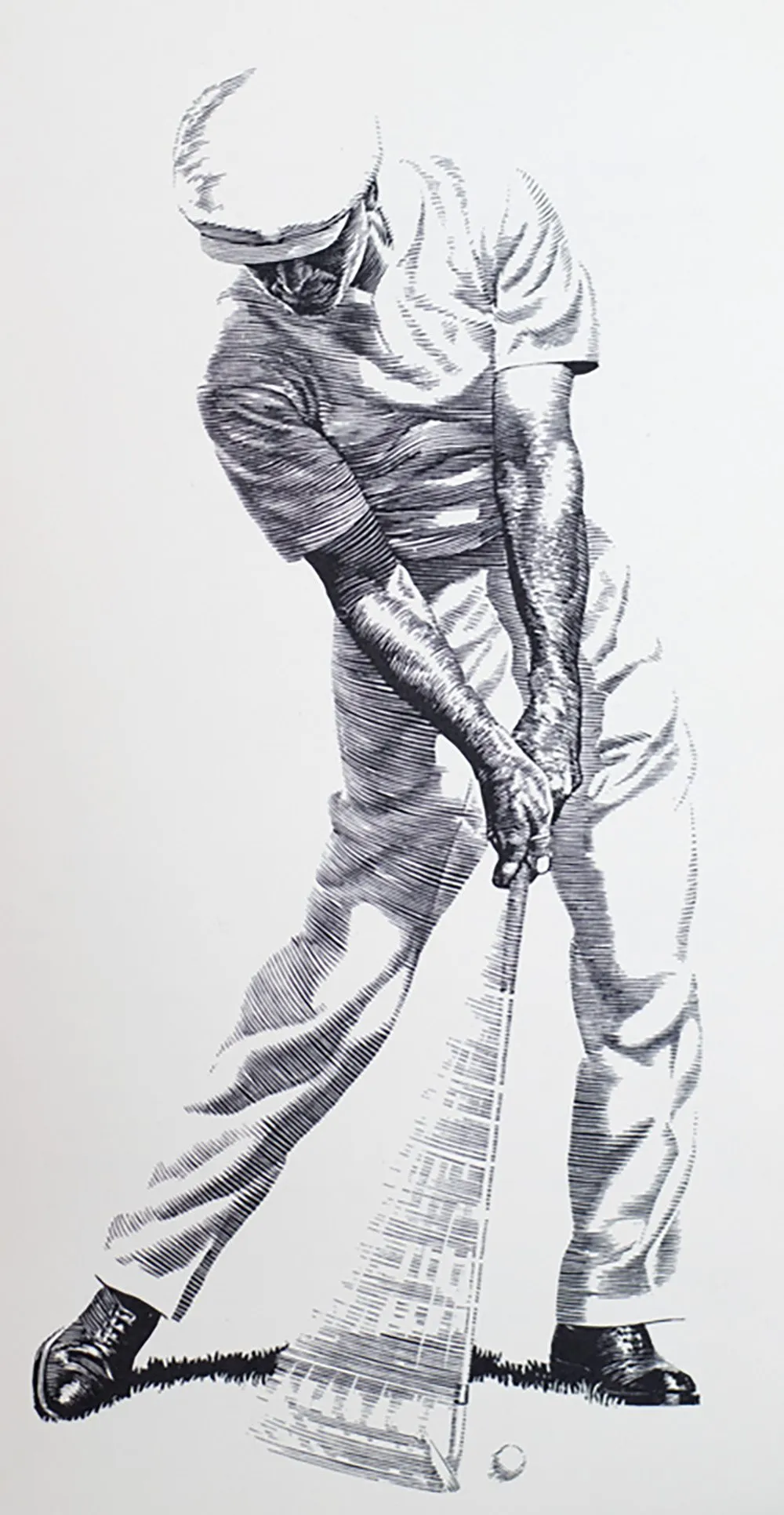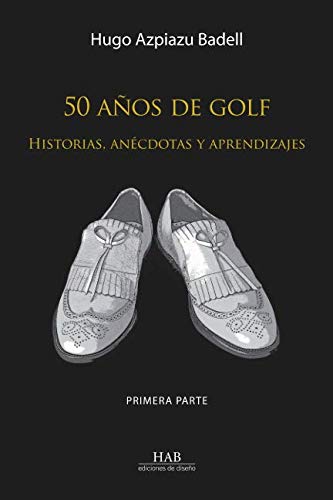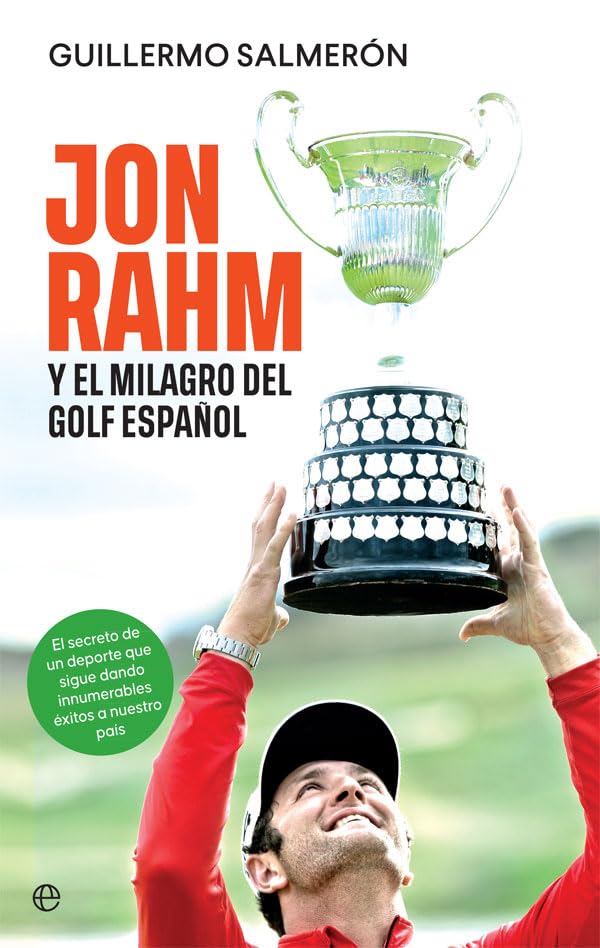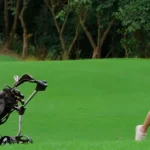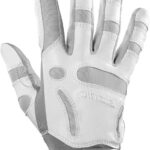Choosing a good golf book can save you months of trial and error... or cramming your head full of theory that you'll never know how to apply to the course. Here's a clear guide, updated to 2025, to help you choose the right book for your skill level and goals. I'll cover recommendations, purchasing criteria, and—most importantly—how to convert each chapter into fewer strokes on your scorecard.
1) How to choose a golf book according to your goal
Think about the “why” before the “which”. The typical mistake is buying based on the author's fame or the cover. Instead, filter like this:
Essential criteria
- Level:
- Beginner: You are looking for fundamentals (grip, posture, alignment) with clear photos, simple language, and progression.
- Intermediate: fine adjustments (swing planes, face control, consistency).
- Advanced: strategy, psychology, stroke variants, applied statistics.
- Technique vs. mentalityTechnique shapes you; the mind lets you execute it under pressure. If you're new, start with technique and add mindset when your contact is consistent.
- Practice vs. inspirationThere are books that teach (drills, routines) and books that inspire (stories, biographies). Combining the two keeps motivation high.
- Language and editionIf you're fluent in English, the catalog is vast. In Spanish, appreciate careful translations and editions with good illustrations (they make a difference).
Realistic expectation
In my case, with Five Lessons (Ben Hogan) I understood much better the fundamentals —the illustrations and the level of detail are gold—, but the transfer to the field It required guided practice and simple drills. Moral: the book guides you, the sticks educate you.
2) Best books of technique and swing
“Five Lessons” (Ben Hogan): What it offers and how to translate it to the field
Hogan is a classic for a reason: he breaks down the swing into manageable pieces (grip, stance, backswing, downswing, finish) and illustrates them with surgical precision. Why does it work in 2025? Because fundamentals do not expireWhat can be frustrating? The level of detail can be overwhelming if you don't accompany it with microtasks.
How to squeeze it
- Chapter by chapter, 1 focus per week (e.g., grip and alignment only).
- Mirror + mobile: Replicate the postures in front of the mirror and record 10 practice swings.
- Drill bridge: 30 swings without a ball, 10 with a high tee, 10 with a half wedge.
When I worked it like that, Five Lessons It stopped being a “pretty theory” and became visible adjustments (especially in stronger contact).
Alternatives: “Little Red Book” (Harvey Penick)
- “Little Red Book”Short advice, friendly tone. Ideal if you're stuck on technical terms.
3) Best books of short game and putting
The 60–70% of shots are decided within 90 meters. If you want to lower your handicap quickly, this is the mine.
Phil Mickelson / Dave Pelz: When to Read Them and How to Practice
- Phil Mickelson (short game): Aggressive approach, variety of lies and heights. Useful when you already have a handle on basic contact.
- Dave Pelz (Short Game Bible / Putting Bible): systematic method, practice with metrics. Recommended if you like measurable plans.
2-week plan (example)
- Week 1:
- Chip & run with a single pole (e.g., 8-iron): 50 repetitions at 5, 10, and 15 m.
- Putt 1–2 m with fixed routine (alignment-gaze-stroke).
- Week 2:
- Basic bunker: focus on entry behind the ball and high finish.
- Lag putts: 20 putts from 8–12 m measuring dispersion (1 m circle).
When I realized that Swing theory didn't help me with my strokes. So quickly, I migrated my reading time to the short game. There I did notice a tangible impact on the scorecards.
4) Mindset and strategy to soften blows
The head sustains the swing when nerves arrive. Here the books of golf psychology and course management.
Rotella and company: focus, routines, and realistic expectations
- Bob Rotella: Focus the process (alignment, breathing, small goal) and release the “what will they say”.
- Strategy: think about blows to avoid, not in heroic blowsLearn how to get out with bogey when a double is lurking.
Basic mental routine (90 seconds)
- Conservative election: suit with which your miss is “playable”.
- Display: simple path, intermediate objective.
- Commitment: one swing key (maximum one), breathe and execute.
From the mindset books I got an idea that works for me: expectations aligned to the levelIf par 5 is not reachable, plan three strokes and a putt: you'll be surprised how much your anxiety goes down.
5) Rules, history and biographies (golf culture)
It's not all about technique. Knowing the rules prevents silly penalties, and culture keeps you engaged when your swing goes rogue.
“50 Years of Golf” (H. Azpiazu): Why It’s Entertaining and What You Take to the Course
It's a collection of articles and anecdotes that reads itself. It gave me a lot of insight. context and enjoyment: It immerses you in stories that stay with you on the course and on the 19th hole. Does it improve your swing? Not directly; but feeds the passion and gives you golfer's eyes: you start to see situations, tactics, little tricks.
Biographies (Seve, Rahm) and classics (“The Match”)
- Seve: creativity from impossible lies; inspires you to train the exhaust.
- Jon Rahm: modern competitive mindset, preparation and consistency.
- “The Match”: Vibrant story that reminds you why we love this game.

